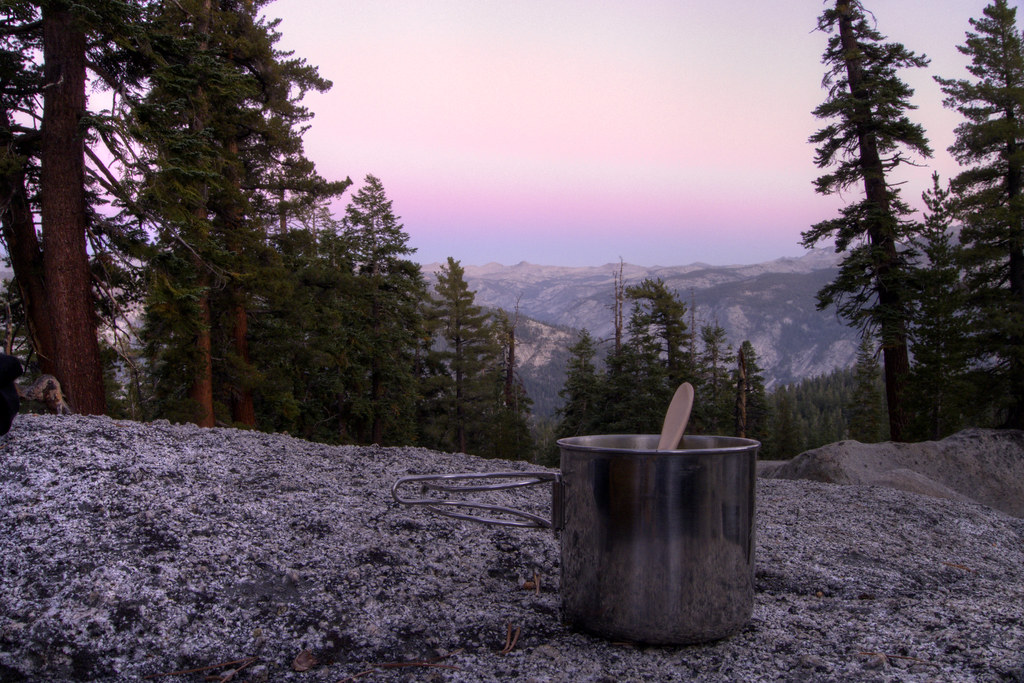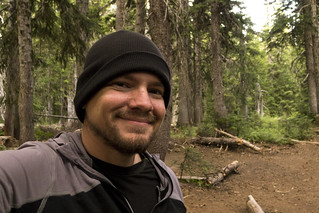| Alright, I'm being to hard on the British and am oversimplifying the history. There is a record of the villagers on Easter Island actually helping to load the four ton statue onto a raft. Honestly, I loved this museum and would not change a thing. Besides, not everything in the museum was taken from other countries, like the Lewis Chessmen for example. I wish I would have taken more photos of these. They were probably made in Norway, in about AD 1150-1200, but were found on the Isle of Lewis in Scotland. |










com-s.jpg)
com-s.jpg)
com-s.jpg)
com-s.jpg)









